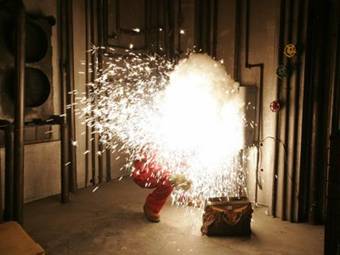OSHA & 70E – Part 2 of 4

By Mel Amundson
This article is the 2nd in a series of 4 where I will try to provide a framework for your understanding of how “NFPA 70E and Arc Flash Safety” are affecting our workplace today, and into the future. Click here for Part 1.
2. How OSHA uses the “General Duty Clause” for the enforcement of safety on the job site.
a. The cause elements of a general duty citation.
Section 5(a) (1) of the Williams-Steiger Occupational Safety and Health Act of 1970 has become known as “The General Duty Clause”. It is a catch all for citations if OSHA identifies unsafe conditions to which a regulation does not cover or exist. With respect to the general duty clause, industrial consensus standards (NFPA 70, and NFPA 70E, among others) may be evidence that a hazard is “recognized” and that there is a feasible means of correcting such a hazard.
Within Section 5 of the Act it is stated:
A. Each Employer:
- Shall furnish to each of his employees employment and a place of employment which are free from recognized hazards that are causing or likely to cause death or serious physical harm to his employees;
- Shall comply with occupational safety and health standards promulgated under this Act.
B. Each employee shall comply with occupational safety and health standards and all rules, regulations and orders issued pursuant to this Act which are applicable to his own actions and conduct.
b. How an employer can be cited for violation of the general duty clause if a recognized serious hazard exists in their workplace and the employer does not take reasonable steps to prevent or remove the hazard?
In practice, OSHA, court precedent, and the review of actions, have established that, if the following elements are present, a “general duty clause” citation may be issued to an employer.
1. The employers failed to keep the workplace free of a hazard to which employees of that employer or were exposed.
2. The hazard was recognized.
3. The hazard was causing or was likely to cause death or serious physical harm.
4. There was a feasible and useful method to correct the hazard.
Mel Amundson, President of Amstar Electric, is a noted presentor and consultant in the electrical industry. http://www.mbamundson.com/